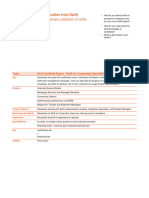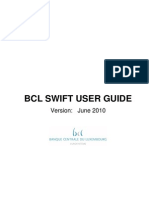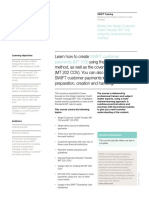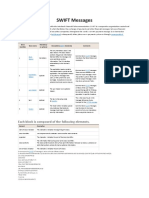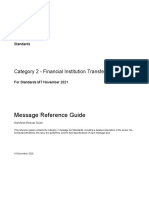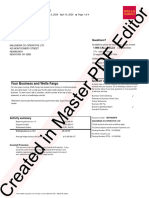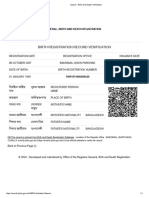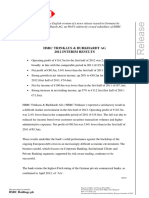0% found this document useful (0 votes)
499 views5 pagesCertification Summary Swift Payments
The document discusses certification from Swift for expertise in payments. It outlines the content, target audience, recommended study materials, and exam process for the certification. The exam tests knowledge of Swift messages, standards, regulations, and exception handling related to payments.
Uploaded by
vhauamirCopyright
© © All Rights Reserved
We take content rights seriously. If you suspect this is your content, claim it here.
Available Formats
Download as PDF, TXT or read online on Scribd
0% found this document useful (0 votes)
499 views5 pagesCertification Summary Swift Payments
The document discusses certification from Swift for expertise in payments. It outlines the content, target audience, recommended study materials, and exam process for the certification. The exam tests knowledge of Swift messages, standards, regulations, and exception handling related to payments.
Uploaded by
vhauamirCopyright
© © All Rights Reserved
We take content rights seriously. If you suspect this is your content, claim it here.
Available Formats
Download as PDF, TXT or read online on Scribd
/ 5





